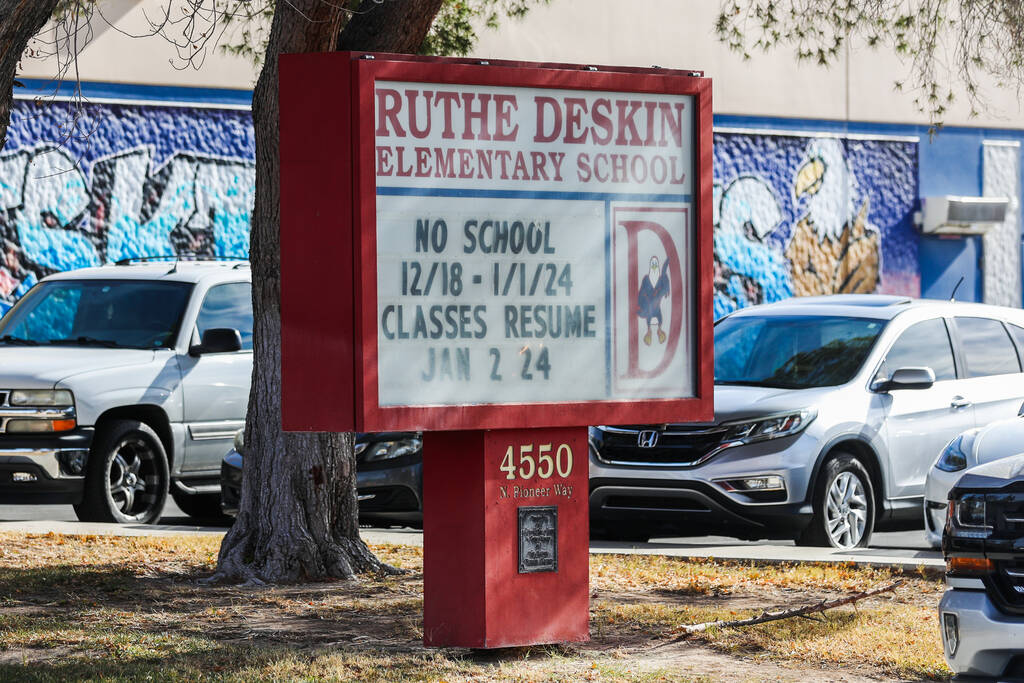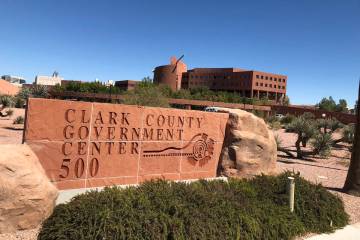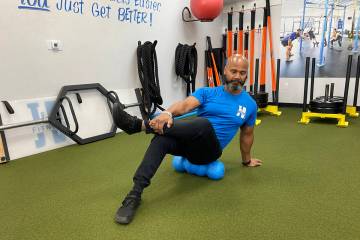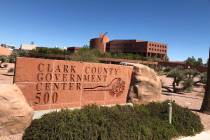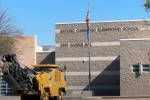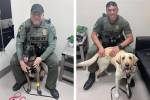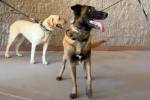TB testing for students at northwest school slated for late January
Amanda Bush got a call this month from the Southern Nevada Health District saying her 10-year-old son was exposed to tuberculosis at Deskin Elementary School.
A representative told her that testing would be provided Jan. 30 at the northwest Las Vegas school.
“I said, ‘Don’t you think that’s a little bit long?’” Bush recalled Thursday.
She decided to get her son, who’s in fifth grade, tested sooner. After calling his pediatrician, she took him to Quest Diagnostics for a blood draw.
“Who wants to wait around thinking their kid has tuberculosis for six weeks?” she said.
The results came back negative two days later.
The Southern Nevada Health District announced this month that it’s conducting an investigation after a person with active tuberculosis visited 26 Clark County School District campuses and a training center before learning of their diagnosis.
Testing will begin at the end of January at Deskin Elementary, the Southern Nevada Health District wrote in an email Thursday to the Las Vegas Review-Journal.
“This will cover the time from when a person could acquire an infection to the time a test is able to detect an infection,” according to the statement.
The “infectious period” of the person with active TB who visited school campuses ranges from September 2022 to December 2023, the health district said.
More than 600 contacts were identified. Testing for some of them has already begun.
Deskin Elementary is the only school where all 500-plus students — and some employees — will be tested.
A smaller number of close contacts will be tested from other schools with exposures, which are largely clustered in the north Las Vegas Valley.
“An update on the status of testing will be provided once the majority of the contacts have been screened,” the health district wrote.
As of Wednesday, the health district had not identified any additional cases of active TB.
In addition to Deskin, the school district campuses affected by TB exposures are: Bruner Elementary School, Carl Elementary School, Centennial High School, Cheyenne High School, Darnell Elementary School, Goynes Elementary School, Guy Elementary School, Kahre Elementary, Katz Elementary, Leavitt Middle School, Lied Middle School, May Elementary School, Neal Elementary School, O’Roarke Elementary, Saville Middle School, Tobler Elementary School, Triggs Elementary and a school district training site.
The health district didn’t identify any exposures at eight other schools the infected person visited: Allen, Conners, Eisenberg, Fong, McMillan, Priest, Scherkenbach and Tarr elementary schools.
The school district didn’t respond to a Review-Journal request for comment by deadline.
How testing works
Testing is required under Nevada Administrative Code for people who are identified as being exposed to an active case of TB, the health district said.
There’s no charge for testing for those screened through an arrangement with the health district, either at a school or another site.
Parents uncomfortable with waiting for testing through the health district have the option of finding somewhere that can do it sooner, but they’ll have to pay for it.
TB testing is administered either using a skin or blood test.
The health district is using a blood test called QuantiFERON or “QFT” to determine whether a person has ever been infected.
“Younger children may receive the skin test in some instances,” according to the health district.
The skin testing process typically requires two visits. At CVS, for example, the total cost ranges from $74 to $174 for those who aren’t using health insurance.
If parents choose to have their child tested by a provider not through the health district, the health district will request results directly from the provider, according to the statement.
The health district asks parents to call its information hotline — 702-759-INFO (4636) or 866-767-5038 — to provide details about the location of the testing.
Symptoms and treatment
The health district says that active TB is a serious disease, but not everyone who’s exposed will be infected. And not everyone who’s infected has an active case.
TB symptoms can include coughing that lasts at least two weeks, chest pain, coughing up blood or phlegm, weakness or fatigue, weight loss, chills, fever, night sweats and loss of appetite, according to the health district.
Active TB disease is typically treated with a 6- to 9-month course of several antibiotics, the district said via email.
“The treatment must be followed exactly as it is directed by a healthcare provider to keep the TB bacteria from becoming resistant to the medication,” the health district wrote. “Most people start to feel better after a few weeks of taking medication. They cannot return to work or school until they are no longer contagious.”
If a person is infected with the bacteria but isn’t sick with the active disease, “treatment can be given to ensure that the person does not develop TB disease,” the health district wrote.
That means taking one or two medications for 3 to 9 months.
Treatment options are available through the health district’s TB clinic and “on a case-by-case basis,” according to the statement.
So far this year, Clark County has had 77 active cases of TB.
‘It’s not fun’
Bush said that when she picked up her son early from school on Dec. 15 — the Friday before winter break — no one at Deskin’s front office said anything to her about tuberculosis exposures.
Early the next week, a representative from the health district said her son was exposed on Dec. 5.
Bush said she didn’t receive any explanation from the health district about why it’s not conducting testing right away at Deskin instead of two months after the exposure.
“I’m just really upset that the exposed children who haven’t been tested will be allowed to go to school,” she said.
Bush said her son is asthmatic and prone to pneumonia. She also said there was a child in her son’s class who was coughing up blood.
Bush said a health district representative told her that the testing will be free at Deskin. But she said her family has health insurance, and they’re not going to sit around and wait.
The day after receiving the notification from the health district, Bush took her son in for the blood test. She said he’ll have to undergo testing one more time.
“For a 10-year-old, it’s not fun,” Bush said. “He’s a tough little one, but still, no one wants to be put through that process.”
Contact Julie Wootton-Greener at jgreener@reviewjournal.com. Follow @julieswootton on X.



